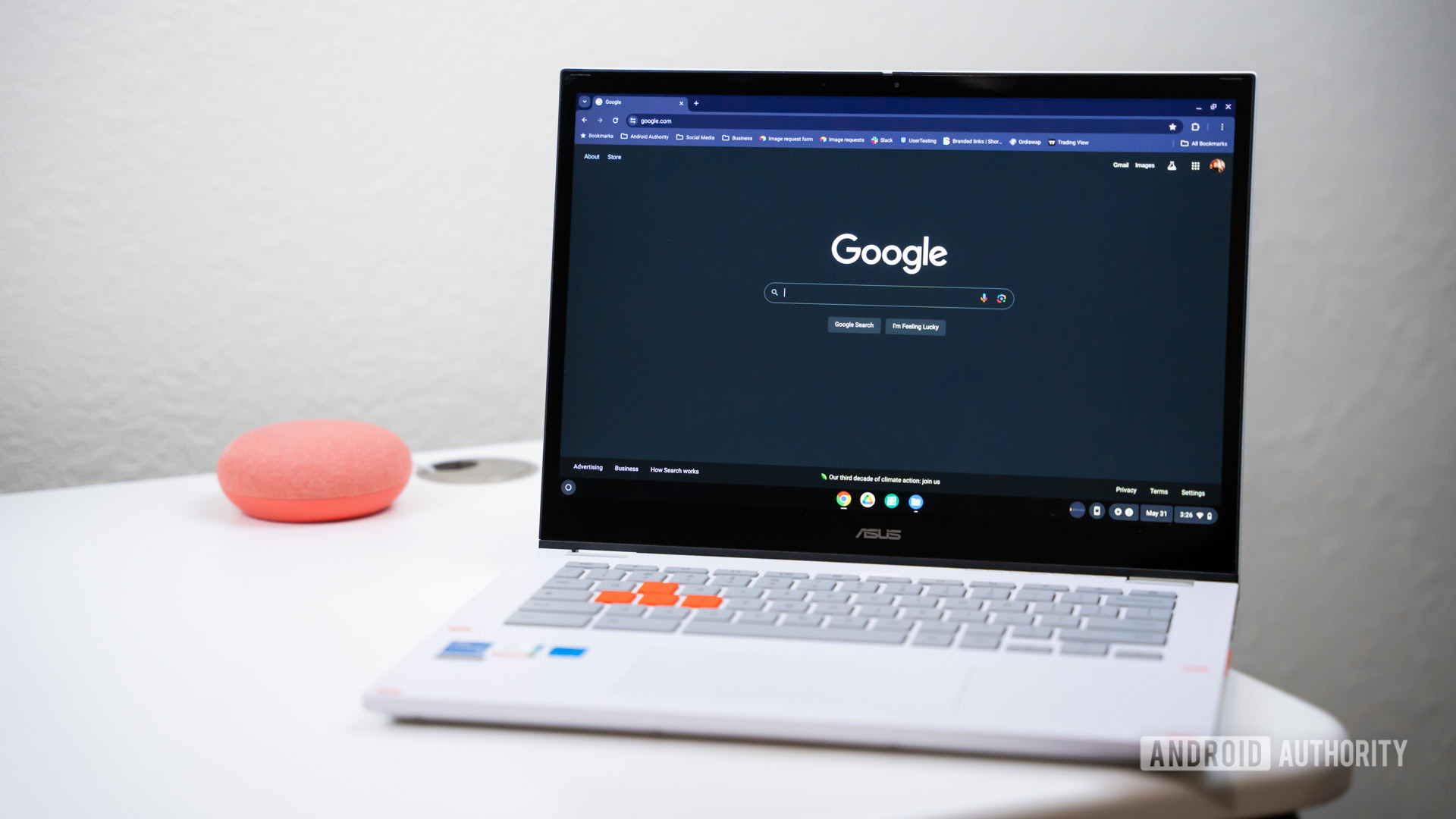Stop-loss orders are a trader’s secret weapon for managing risk and safeguarding investments. By setting predetermined exit points, you can protect your portfolio from sudden market dips. Ready to master this essential trading tool? Let’s dive into the steps and strategies that can help you trade smarter and more confidently. You know that stop loss can help you save a lot of your money and efforts? Here is the source of premium investment education that can help you to learn about stop loss and other investing tactics.
Step-by-Step Guide to Setting a Stop-Loss Order on Various Trading Platforms
Setting a stop-loss order can be straightforward if you follow the right steps. First, log into your trading account. Once you’re in, navigate to the section where you manage your trades. This is often labeled as “Orders” or “Trade Management.”
Next, select the stock or asset for which you want to set the stop-loss. Look for the option to place a new order, and choose “Stop-Loss Order” from the list of order types. You’ll need to specify the stop price – this is the price at which you want the order to trigger.
Once you’ve set the stop price, you’ll often need to confirm the details. Double-check the asset, stop price, and the number of shares or units. It’s crucial to ensure everything is correct because mistakes can be costly.
Different platforms may have slight variations, but the core steps remain similar. For instance, on a platform like E*TRADE, you might find these options under “Trading” and then “Orders.” On Robinhood, it’s under “Sell” and then “Stop Order.” Take your time to familiarize yourself with the platform you’re using.
Finally, confirm your order. The system should give you a summary of your stop-loss order. Review it carefully and then click “Submit” or “Place Order.” Remember, setting a stop-loss is about protecting your investment. Don’t rush the process; take the necessary time to ensure accuracy.
Common Mistakes to Avoid When Setting Stop-Loss Orders
Even seasoned traders make mistakes with stop-loss orders. One common error is setting the stop price too close to the current market price. This can result in the order triggering too early, causing an unnecessary sale during normal market fluctuations. It’s like jumping out of the car at the first bump in the road.
Another mistake is failing to adjust the stop-loss order as the stock price moves. If your stock is doing well, consider raising the stop price to lock in gains. Think of it as moving your safety net higher as you climb.
Not considering the stock’s volatility is also a frequent oversight. Stocks with high volatility require a wider margin for stop-loss orders. It’s like giving more space to a wild animal in a cage; you don’t want to get too close.
Some traders place their stop-loss orders based on arbitrary percentages, like 10% below the purchase price, without considering the stock’s behavior or market conditions. This one-size-fits-all approach can be detrimental. Imagine wearing the same size shoes as everyone else – it just doesn’t fit.
Finally, ignoring the impact of major market events or earnings reports can lead to poorly timed stop-loss orders. These events can cause significant price swings, triggering your stop-loss unnecessarily. It’s like being caught in a storm without checking the weather forecast.
Unlock the Secrets to Stock Market Success!
Beginner’s Blueprint for Learning Stock Market Trading
Real-World Examples: Effective Stop-Loss Strategies in Action
Let’s look at some real-world scenarios where effective stop-loss strategies have made a difference. Consider an investor who purchased shares of Apple at $100 each. They set a stop-loss order at $90 to limit potential losses. When the market dipped, their stop-loss order triggered at $90, preventing further losses as the stock continued to fall.
In another case, a trader bought shares of Tesla at $200. As the stock rose to $250, they adjusted their stop-loss to $220. This move locked in a $20 gain per share while still allowing room for the stock to grow. When a minor dip occurred, the stop-loss order didn’t trigger, and the trader eventually sold at $300, securing a substantial profit.
Consider a more volatile stock like GameStop. An investor bought in at $50 and set a stop-loss at $45. However, understanding the stock’s volatility, they soon adjusted their stop-loss to $40. This wider margin prevented an early sale during a rapid but brief price fluctuation. Eventually, the stock soared, and they sold at a significant profit.
Conclusion
Stop-loss orders are crucial for maintaining control over your investments. By understanding how to set them effectively, you can minimize losses and maximize gains. Don’t leave your portfolio to chance—use stop-loss orders to stay ahead in the trading game and secure your financial future.
Disclaimer: This is promotional marketing content. The presented material by no means represents any financial advice or promotion. Be sure to research and acknowledge the possible risks before using the service of any trading platform.








